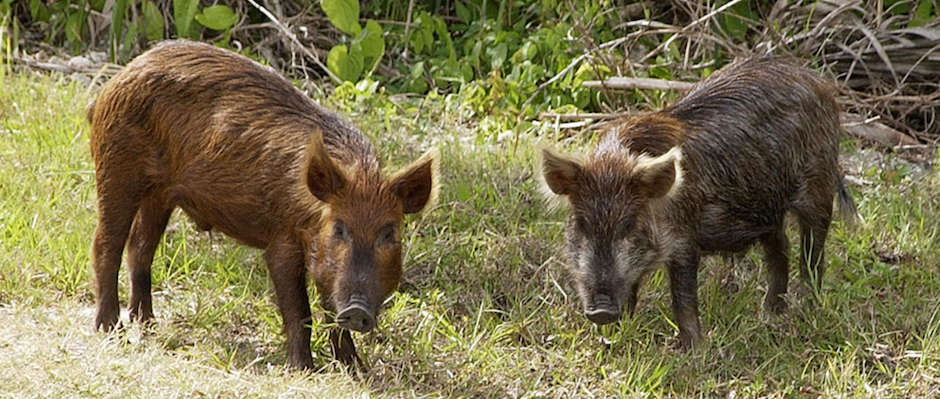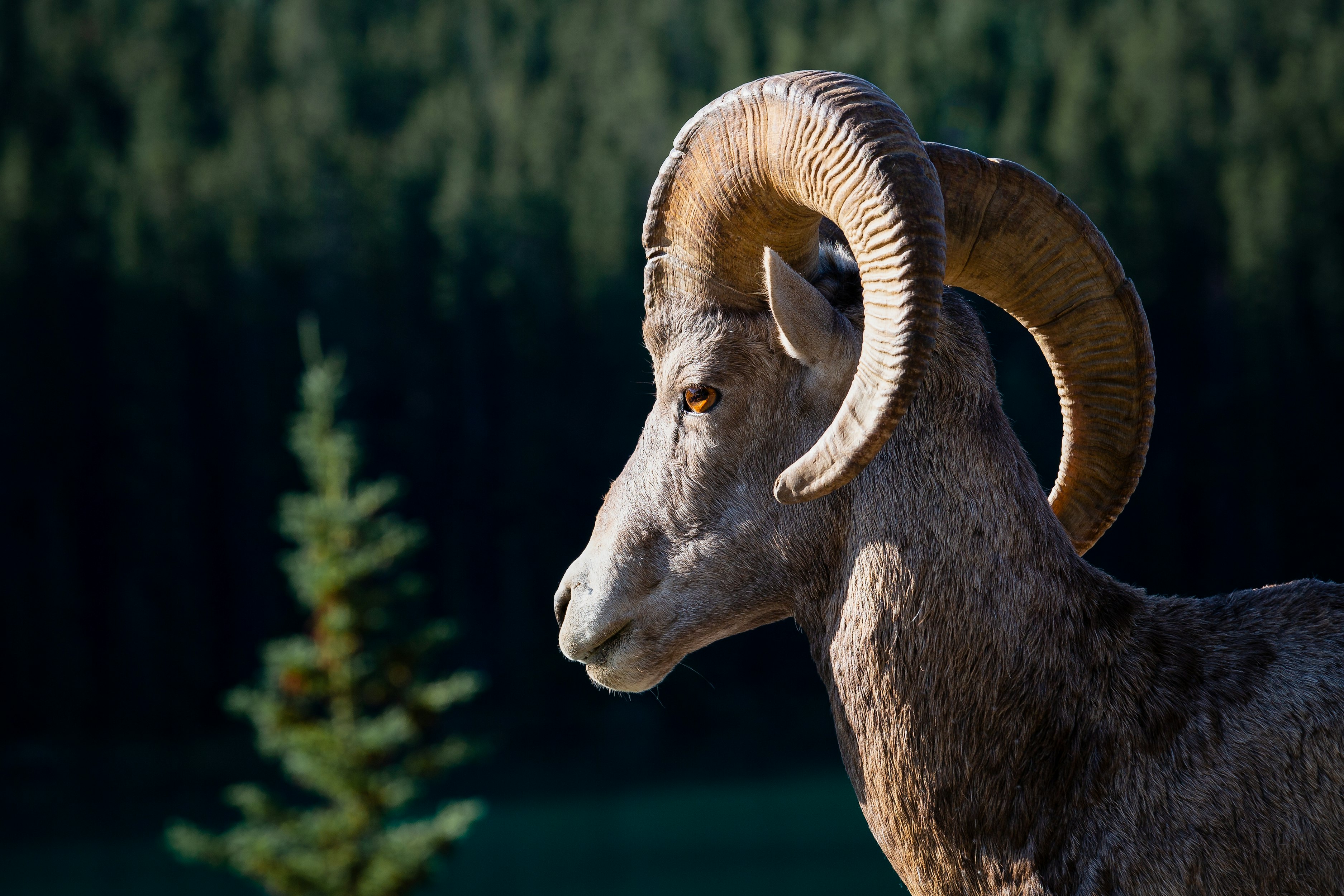Feral Pig Toxicants in Texas
Free-range pigs, according to our wildlife and food quality experts, are unfit to eat because they carry diseases. But do they?
Over the last 30 years, the two largest processors of wild pigs in Texas have slaughtered and tested tens of thousands of animals. They have never found a diseased pig (don’t confuse worms with diseases.) US factory pig farms, on the other hand, are breeding grounds for pig and human epidemics.
Wildlife “management” which increasingly attacks biodiversity with poisons and guns is the worst thing that ever happened to wildlife and habitats.The latest feral pig control plan being promoted in the article appearing below, is a costly and reckless Texas Parks & Wildlife Department poisoning project that will harm wildlife in incalculable ways.
As an alternative to large-scale toxin distribution, we could round up these pigs and sell them to the meatpackers just like we did until Big Agriculture made this practice illegal, which had the added “benefit” of reducing competition for the big processing companies by enacting regulations that put the small, independent processors and small abattoirs out of business. Free-range Texas pork is readily accepted in Europe, which has higher food purity standards than the US. Putting this same organic, free-range wild pork back into our grocery stores would kill three birds with one stone: the wild pig ‘problem’ would turn into an income opportunity for landowners, the public would have a less-expensive, nutritious, tasty, disease-free source of true free-range pork, and we could stop raising pigs in a process that is so filthy, cruel and disgusting as to be unfit for discussion in polite company.
Who opposes rounding up wild pigs for sale into our food system? The confinement pork producers—who are now dominated by the Chinese—and their cronies, including our “pure” food and wildlife protectors, for whom the feral pig problem is a wonderful source of pork (the pun is intended).
NOTE: This PDF was written for Borderland News, a feature of Texas Wildlife Association.




It appears as if “feral pigs” are accused of “causing damages” but I can’t seem to find the model, metric, or data used to calculate these alleged “damages.” Is it possible these damages are merely confined to man-made landscapes and knocking over corn feeders?
You are correct: first we do something extremely unnatural like feeding deer – which by the way spreads CWD and many other bad things – and then when the feeding attracts wild pigs, raccoons, and others, we say they are ‘invasive’.
But the bigger problem is the regulatory prohibition on putting these animals back into the food chain. To do this we would need to loosen the regulations on small meat processors (they have suffered more attrition than small farmers and ranchers) and also the stupid rules that say the only pig fit to eat must be raised in the open sewer of these pig factories.
And insofar as wholesome meat is concerned: Would anybody want to eat any wild game produced in a system that is drenched in rat poison (Warfarin)?
What amazes me is how many smart, presumably skeptical-of-big-government “conservatives” uncritically accept the Big Government disinformation on this. The real question is this: Is our ranching community now so dependent on public subsidies that it is in irreversible serfdom to Big Food? In the context of this question, feral pigs and their treatment will be an almost-irrelevant footnote in the history of the destruction of our precious American farms and ranches.
A friend of mine, a retired college professor, had this comment:
“As always, the source of the problem is government. Make the damned things private property and put them back into the food chain. Problem solved.
Free the mind and spirit of the entrepreneur and marvelous things happen. I have a former student who grew up on a ranch down in the hill country. He went home and took over the management of the ranch for his widowed mother.
He trapped feral hogs off of other people’s places, hauled them to his place, put them in a large pen and fed them a good corn ration.
He sold hog hunts at $3.00 per pound. He would get up at the crack of dawn, go get his hunter up, haul him down to the blind that overlooked the corn feeder and go back to the house for coffee. He’d let the hunter freeze his ass off for an hour or so, then he would go down to the hog pen and turn them out. They would, of course, head directly to the feeder. The hunter would get a hog the ranch would get a wad of money and everybody was happy.”